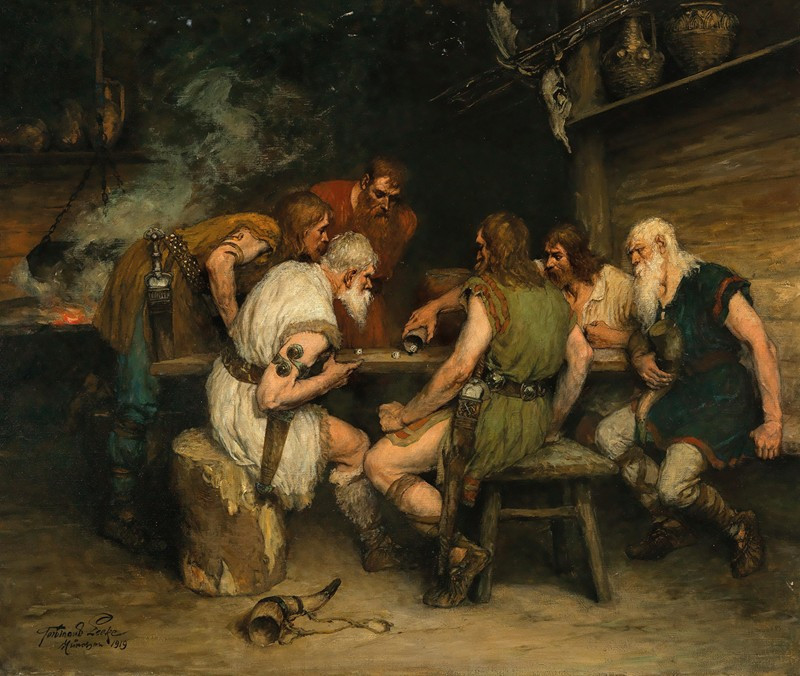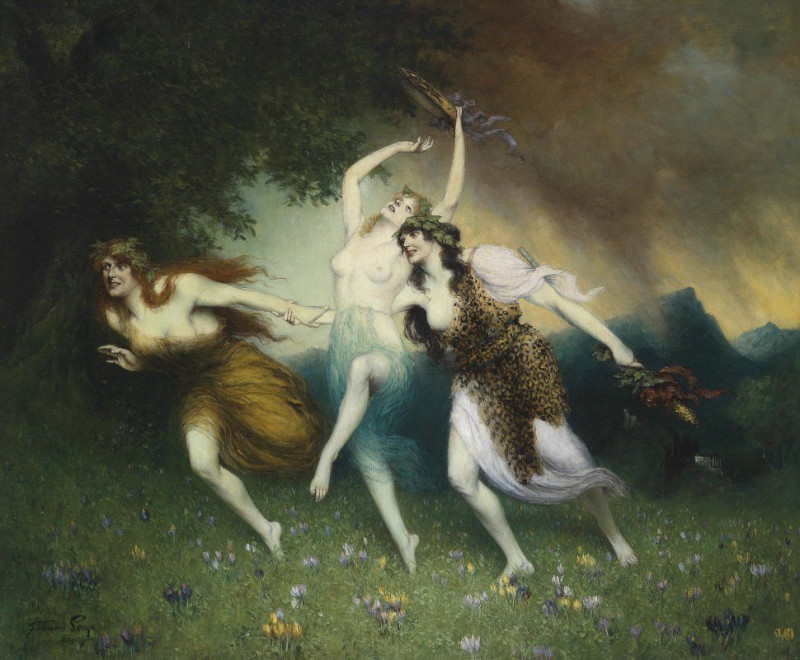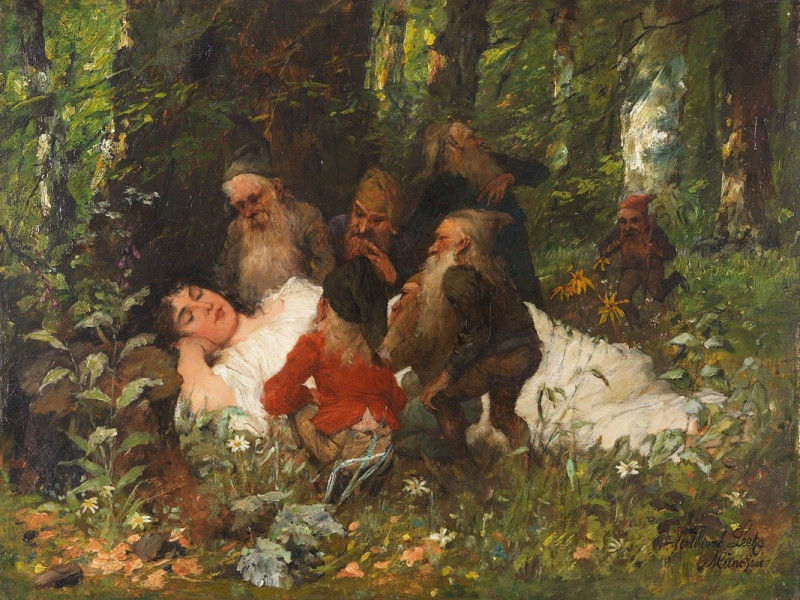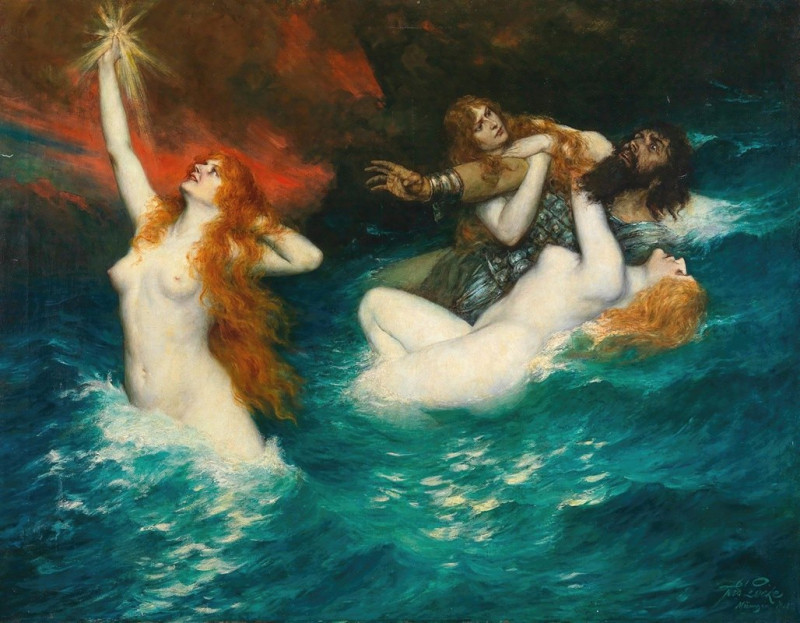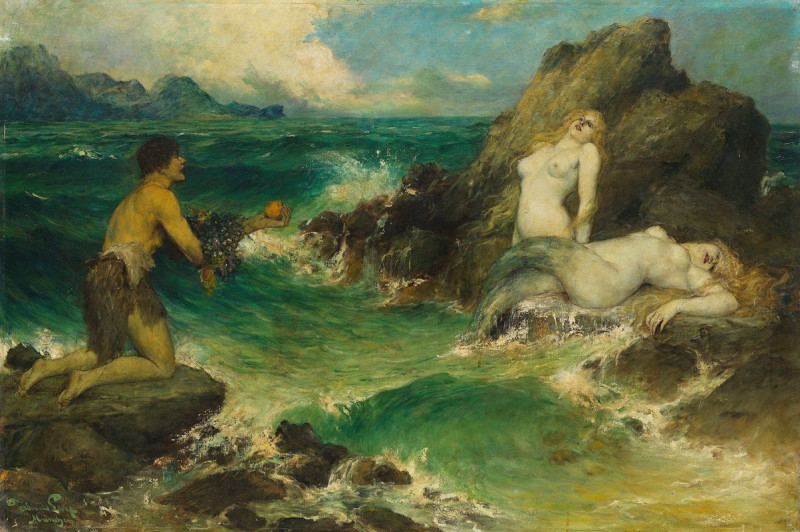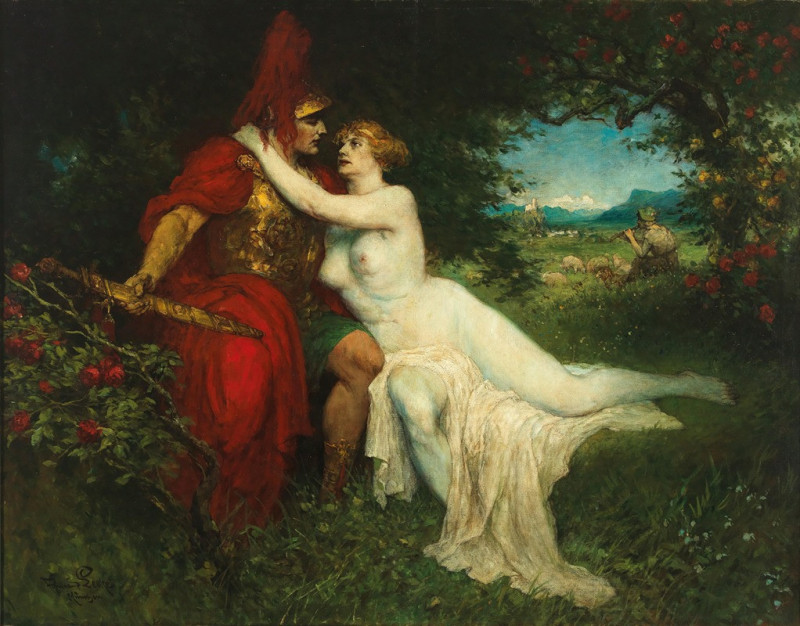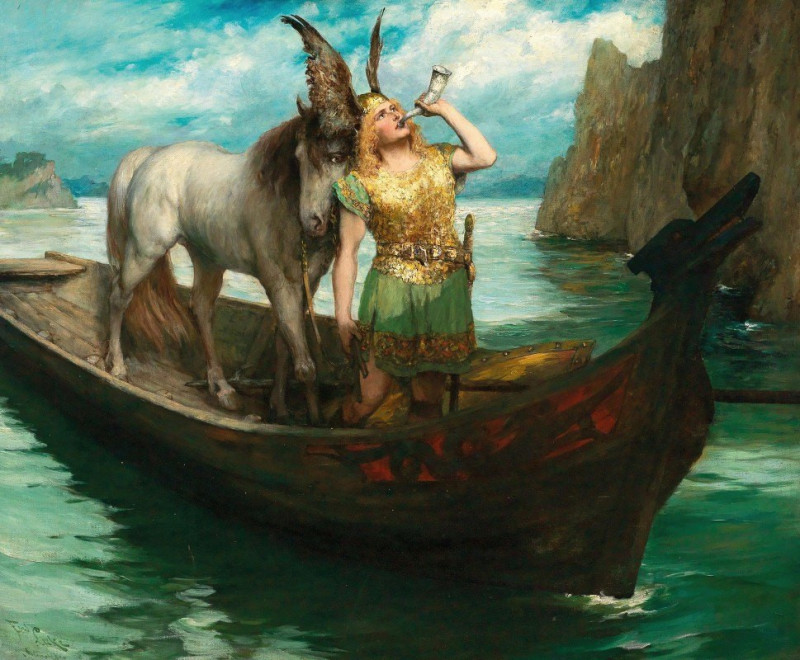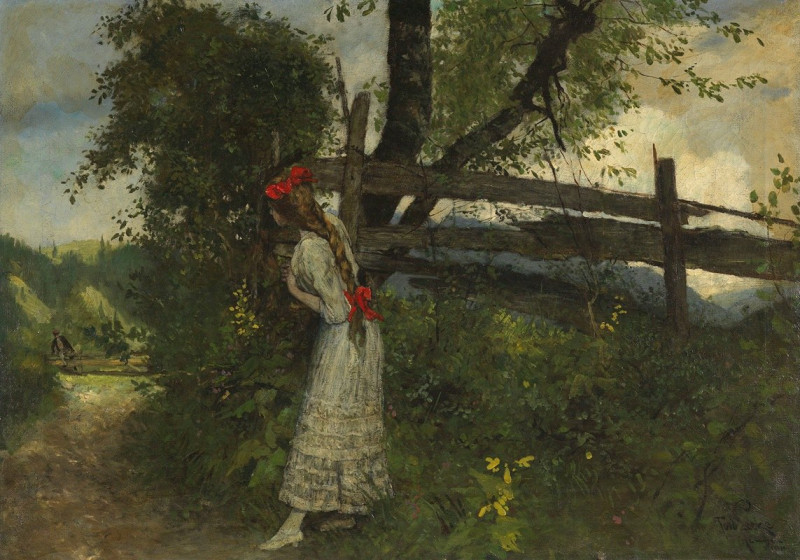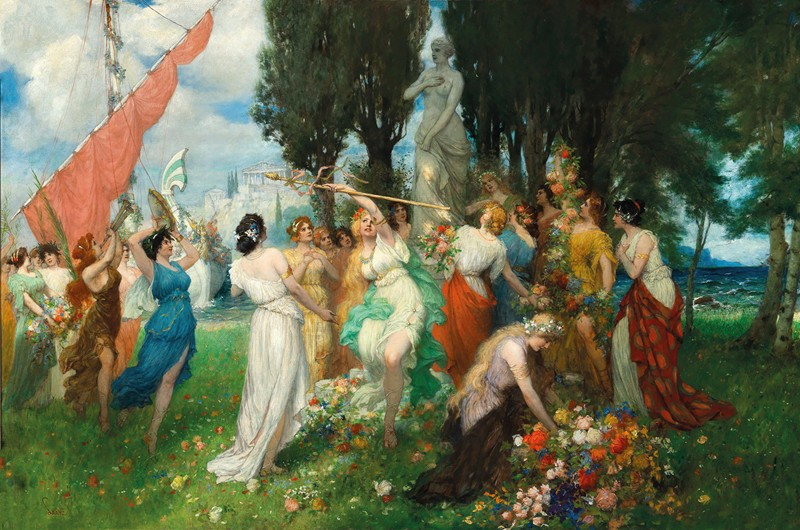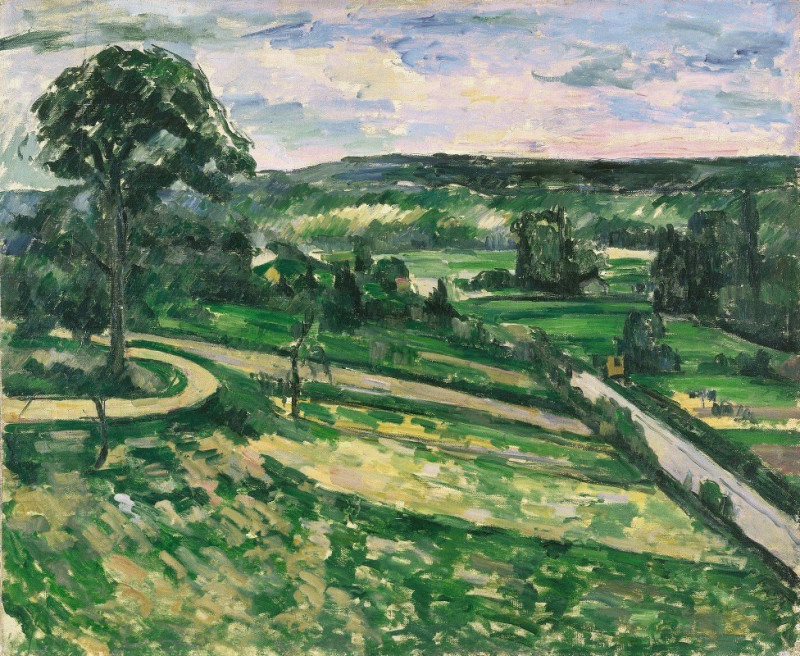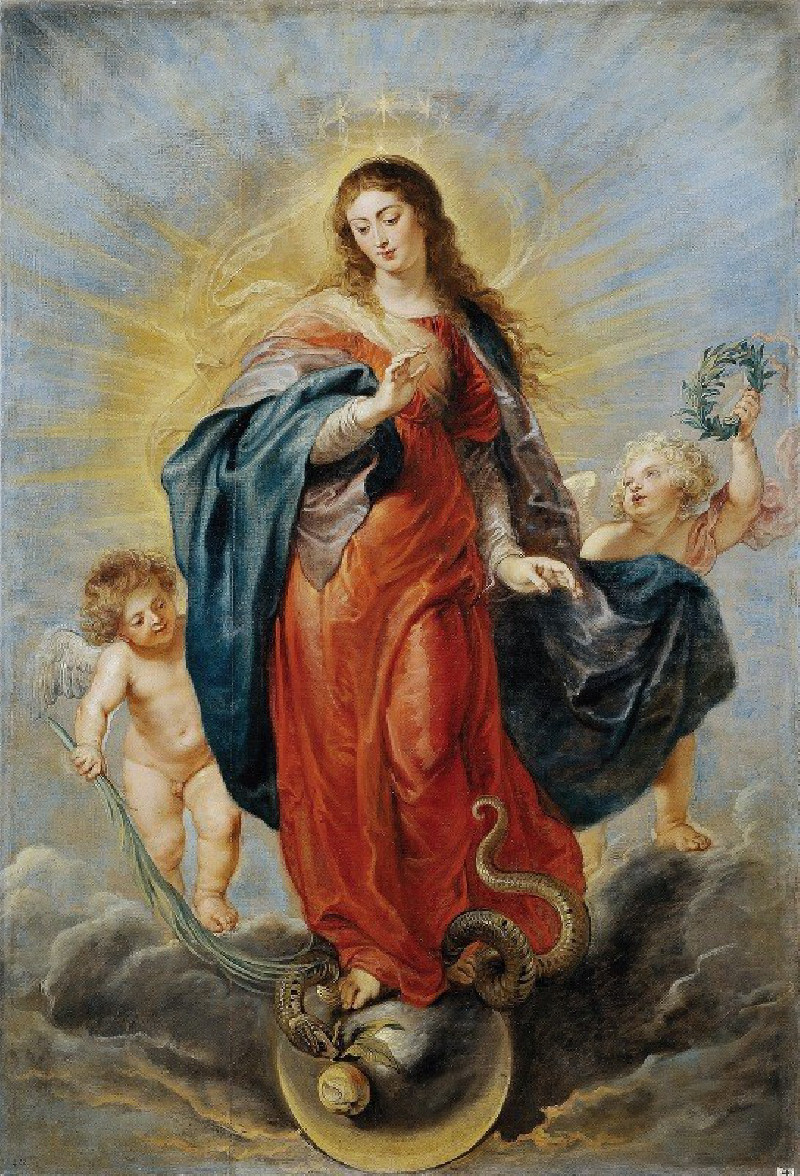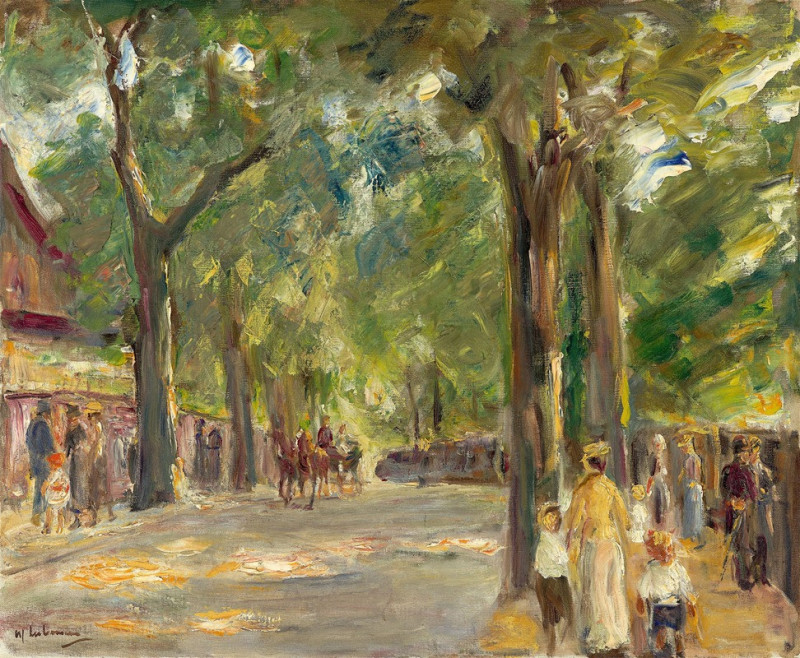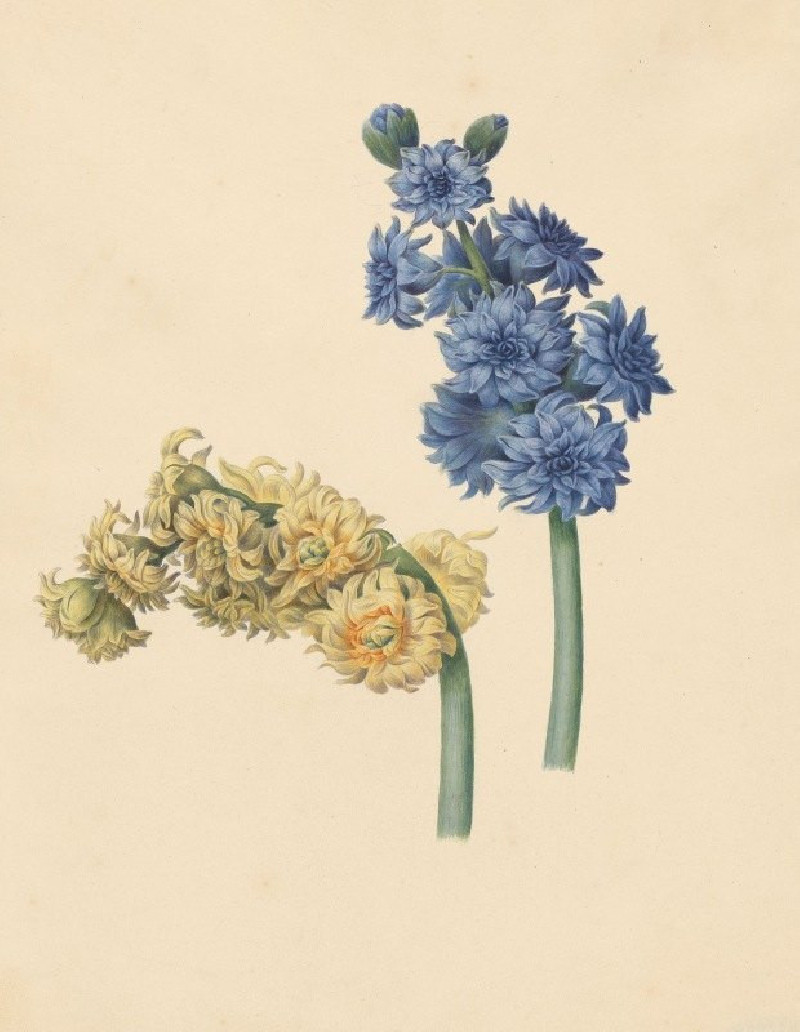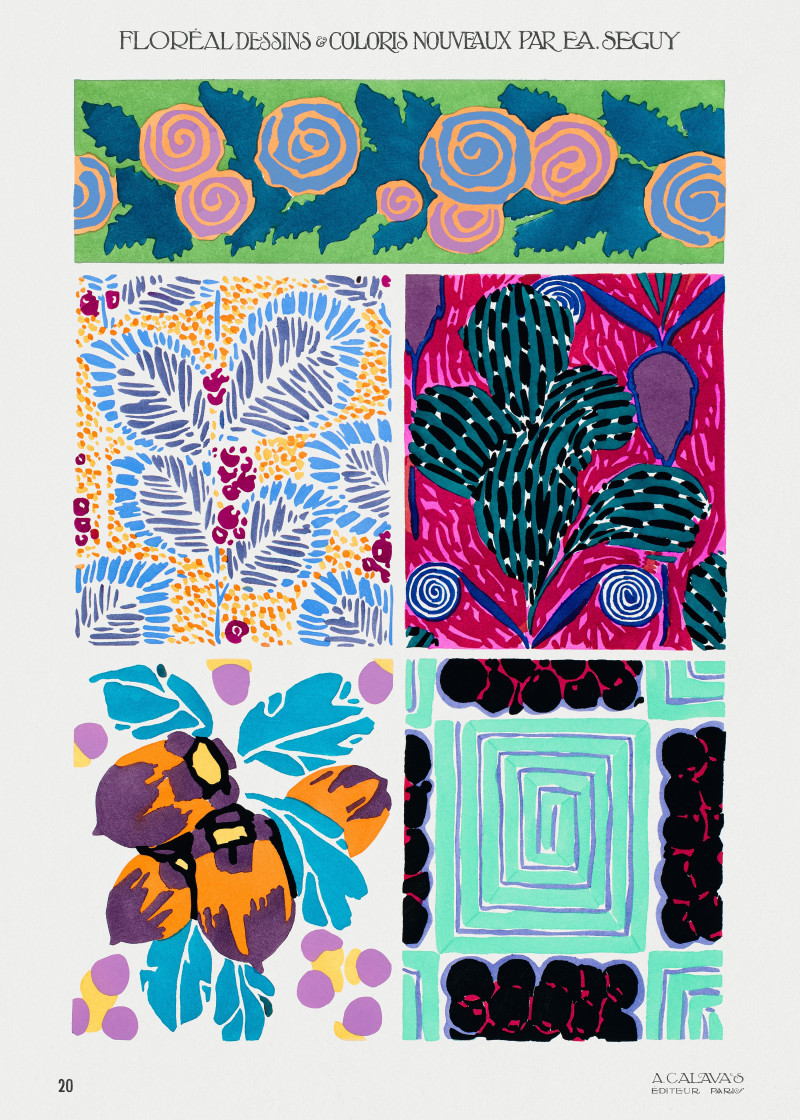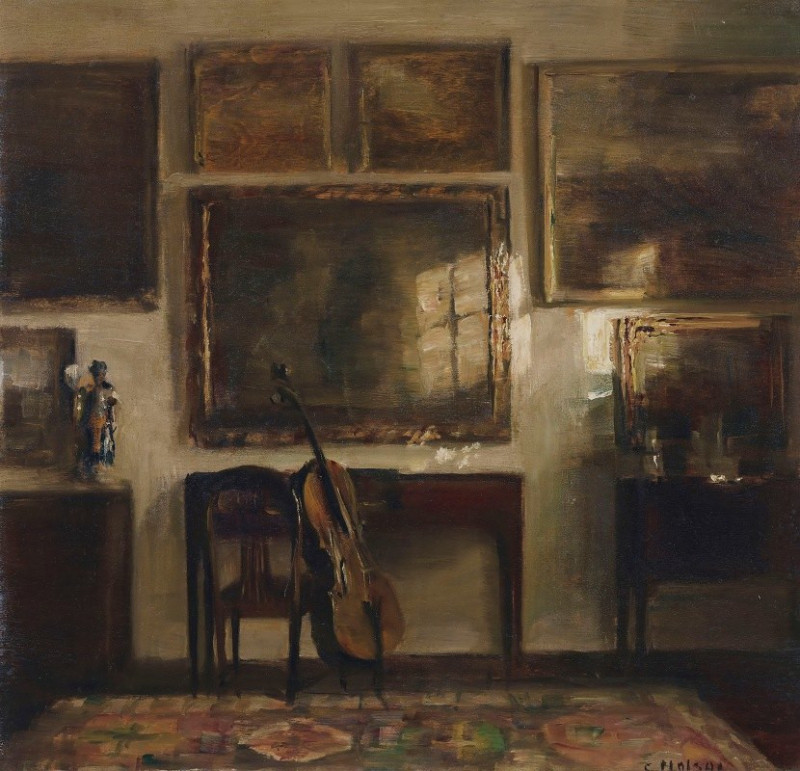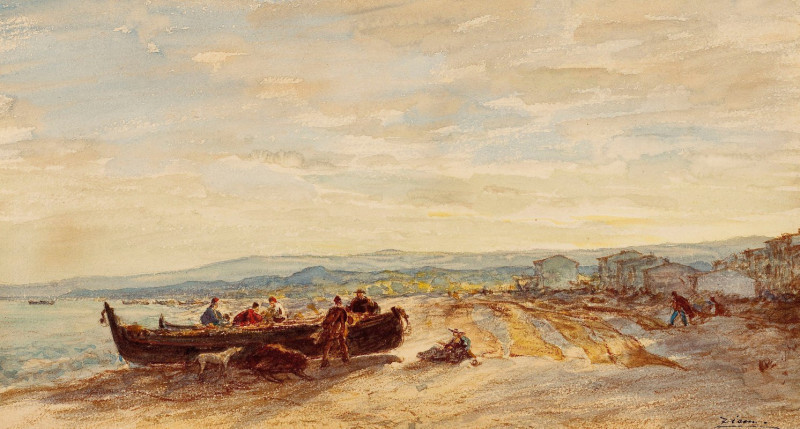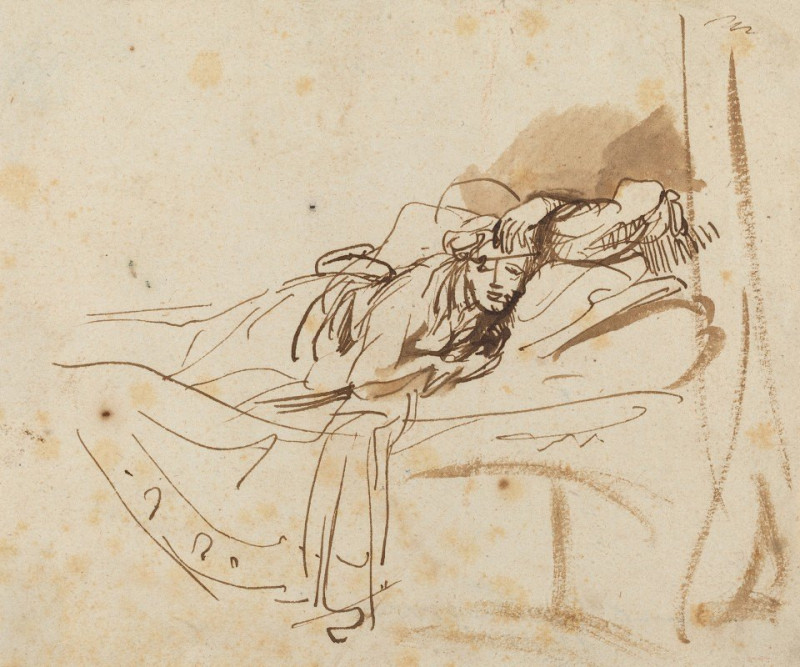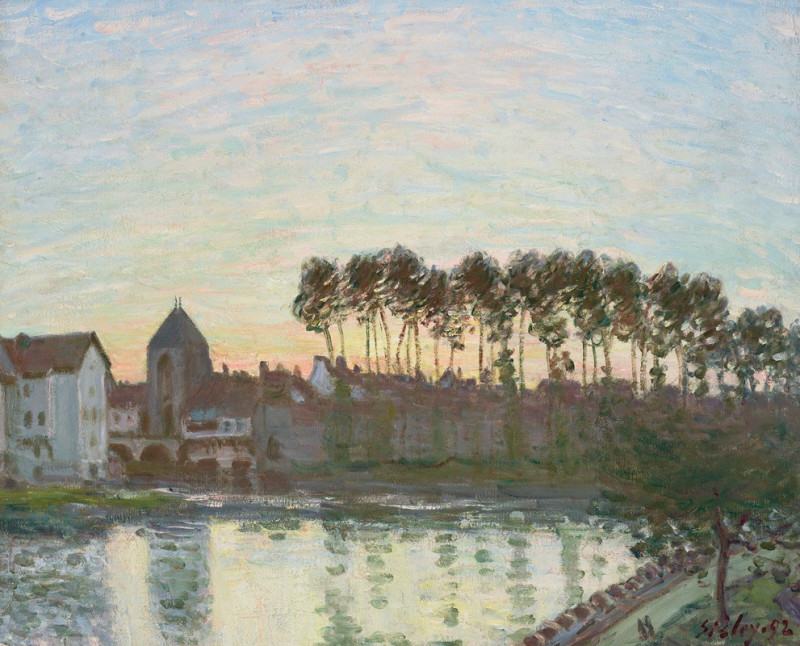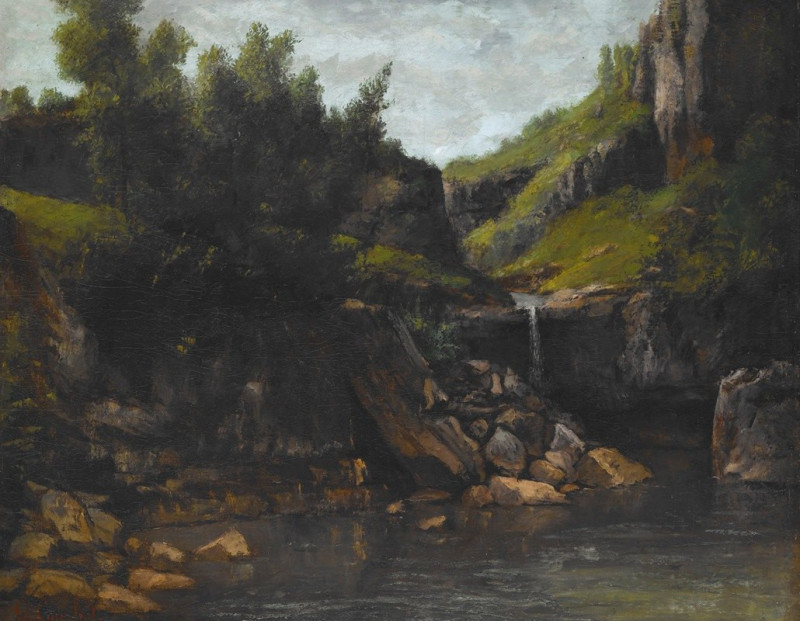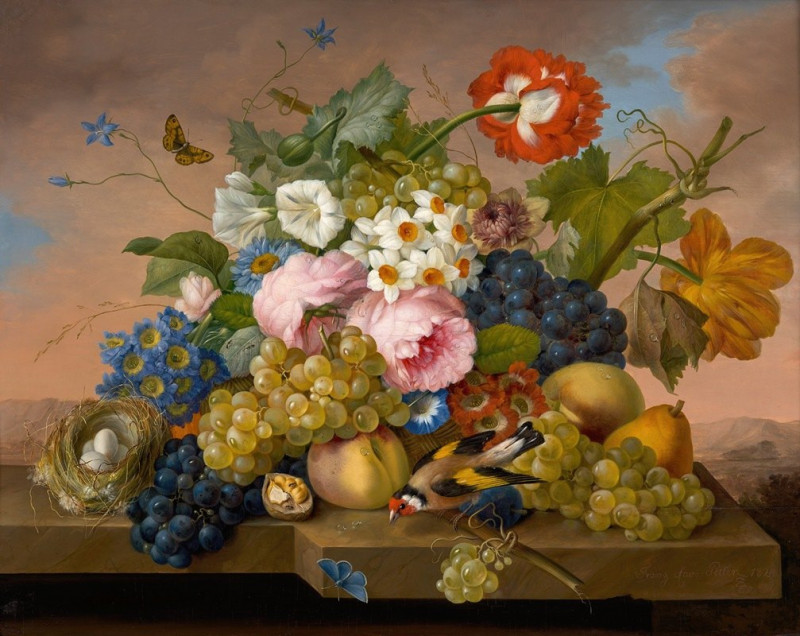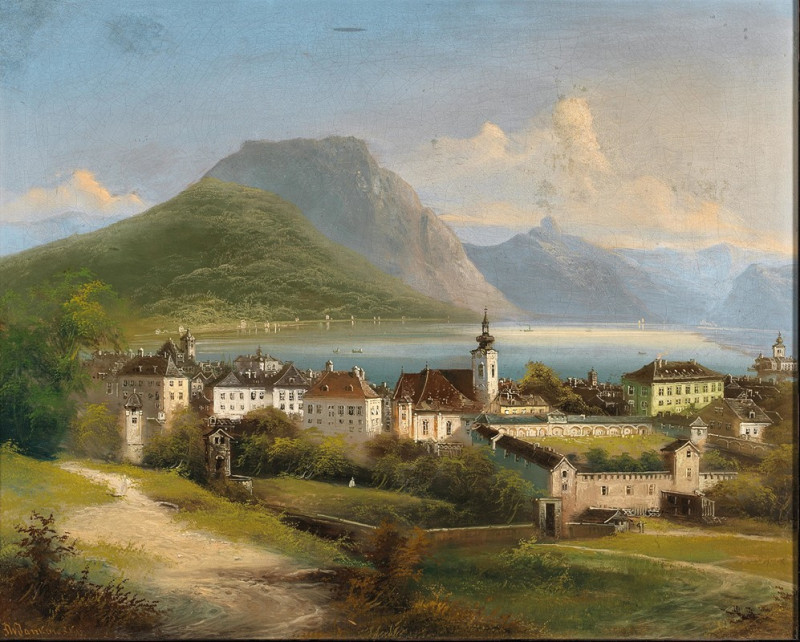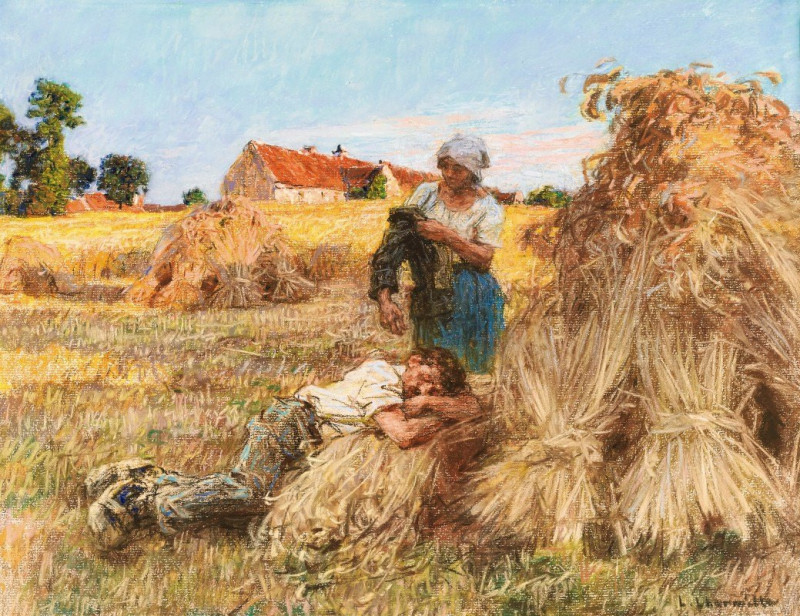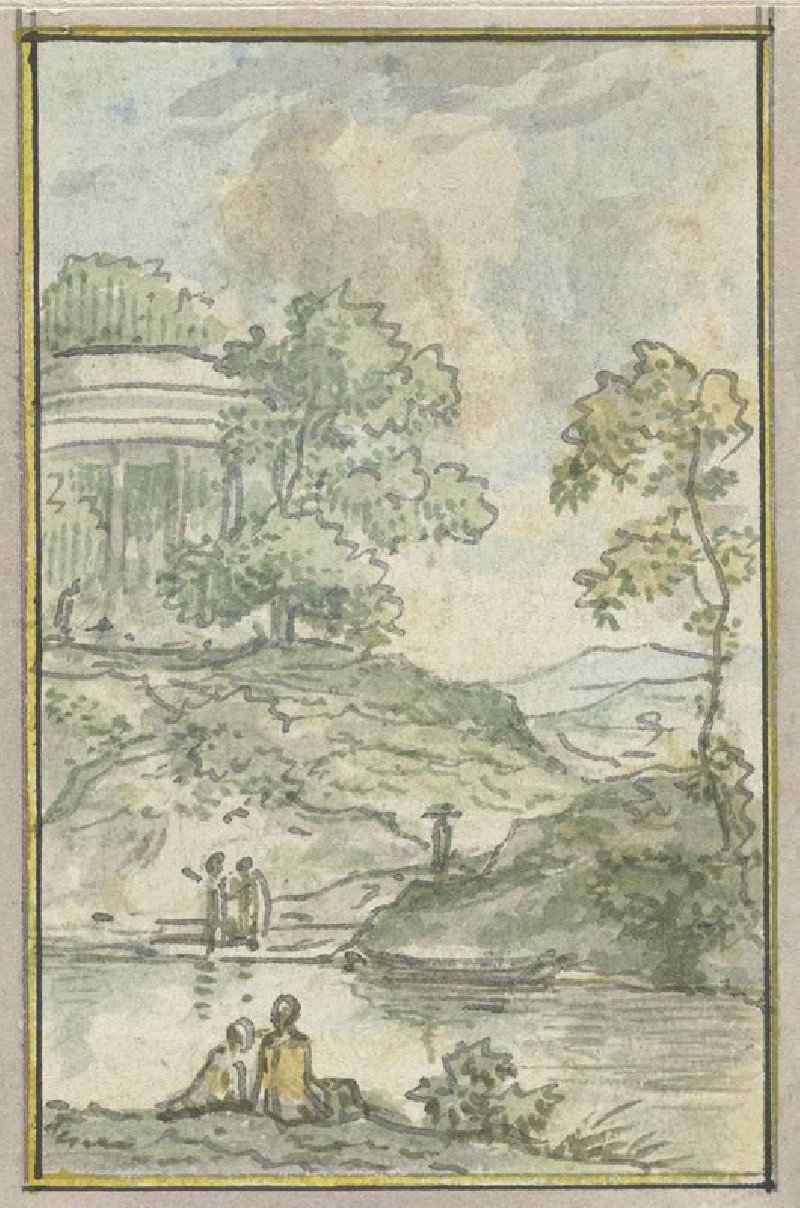Europa auf dem Stier (Ca. 1910)
Technique: Giclée quality print
Recommended by our customers
More about this artwork
In the enchanting painting "Europa auf dem Stier" (ca. 1910) by Ferdinand Leeke, a lyrical portrayal of the mythological tale of Europa's abduction by Zeus, who is disguised as a white bull, is beautifully depicted. The scene is set in a lush, idyllic landscape that borders a tranquil sea. The foreground presents Europa being delicately crowned with flowers by one attendant, while others interact gently with the bull, setting a scene of serene deception before the ensuing abduction.The painting radiates with an ethereal quality, enhanced by the soft, diffuse light and the impressionistic blend of colors. Leeke captures the innocence and the allure of Europa and her companions with grace and sensitivity. Their flowing garments and the florid garlands add a touch of romanticism and femininity to the composition. Interestingly, the mood of the artwork—peaceful and almost pastoral—contrasts sharply with the dramatic and dark undertone of the myth.
Delivery
Returns
Ferdinand Leeke (7 April 1859 – 1923) was a German Painter, famous for his depictions of scenes from Wagnerian Operas. A native of Burg bei Magdeburg, Germany, he studied at the Munich Academy under Ludwig von Herterich (1843–1905) and Sándor Liezen-Mayer, a genre and historical painter, and with Alexander von Wagner (1838–1919), a Hungarian genre and landscape painter.


